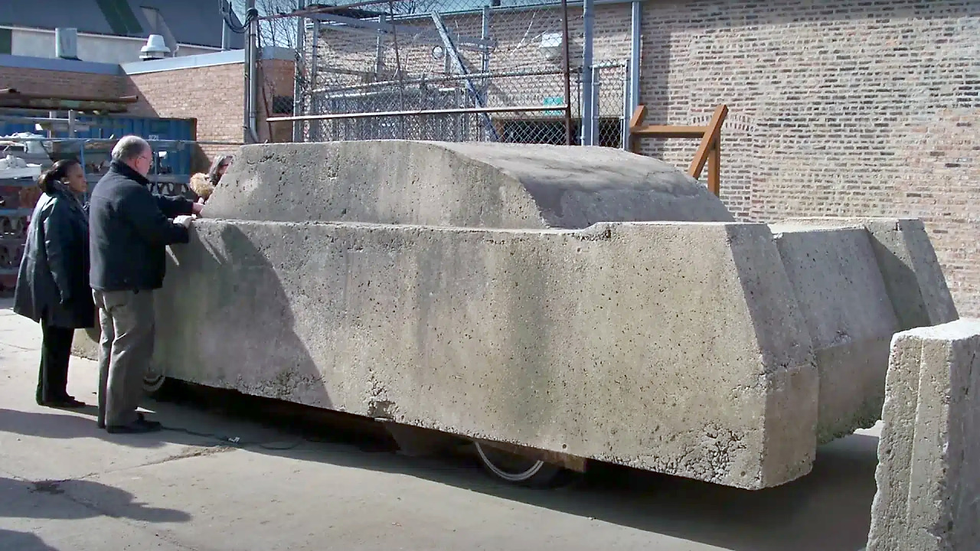1973 Lincoln Mark I by Ghia
- Story Cars

- Feb 8, 2022
- 2 min read
In the early ’70s, the Lincoln division at Ford Motor Company was facing the same dilemma as its cross-town rival in the Motor City, Cadillac: answering the growing threat of smaller European cars, mainly Mercedes, then invading the U.S. luxury car market. Cadillac’s response, of course, was the close-coupled 1976 Seville. Ford, meanwhile, experimented with multiple approaches, including this one: The Lincoln Mark I Ghia.
In 1970, Ford acquired full control of Carrozzeria Ghia of Turin. Hence, the famed Italian coach house founded by Giacinto Ghia was the natural choice to create a Euro-flavored luxury sedan America. Ghia’s proposal was based on the Granada Mark I produced by Ford of Europe in Cologne, Germany, and Dagenham, England. Based on a different platform powered by a range of V4, L4, and V6 engines, the European Granada shared only its name with the Ford Granada produced in the USA.
As we can see, the Mark I Ghia closely followed the same styling formula employed by Lee Iacocca and crew to create the highly successful Lincoln Continental Mark III, with an elegant, neo-classical grille pasted onto the front end. (We wouldn’t know if Iacocca was directly involved in the Ghia concept, but we wouldn’t be at all surprised—see our feature on the Mark III here.) In other aspects, the Mark I was not so different from its European Granada forebear, sharing the doors, greenhouse, and other elements. We note here that the Mark I, at least at this point, was not badged as a Continental but strictly as a Lincoln.
The Mark I Granada (1972-77) was never officially imported to the USA, so relatively few Americans have ever seen one. The photos above and below provide some small ideas, we hope. Built on a 107-inch wheelbase ranging from 2600 to 3200 lbs, the Granada was offered a four-door sedan, a four-door station wagon, or a two-door fastback coupe. The cabin (below) was roomy and well-appointed, but this being the 1970s and all, we presume the Ford product people would have added a few yards of crushed velour and more fake woodgrain for the American market. (See our feature, “Life in a Trombone Case: The Motor City’s Velour Era.”)
Of course, we know how this came out all these years later. Ford opted not to base its small Lincoln on the European Ford Granada but the U.S. Granada—again, a different car. The Lincoln Versailles (below) was introduced in 1977 and produced through 1980, and it was less than a rousing success for FoMoCo. While the Versailles was the smallest Lincoln in the lineup and not much more than a dolled-up Mercury Monarch, it curiously carried the steepest base price at $11,500. Barely more than 50,000 cars were sold in the four years of production.
Source: macsmotorcitygarage
Images: Ford Motor Company




































Comments